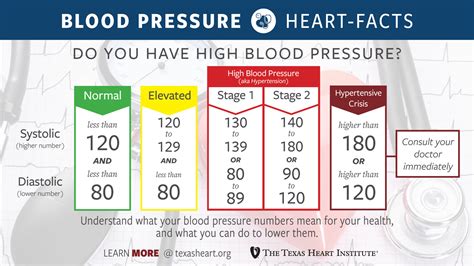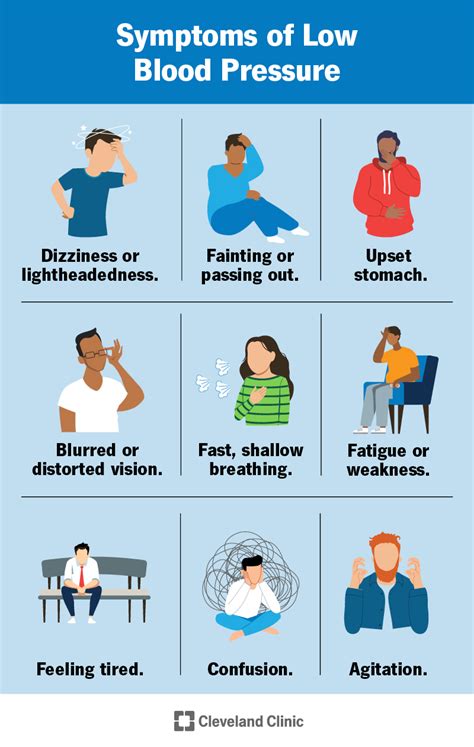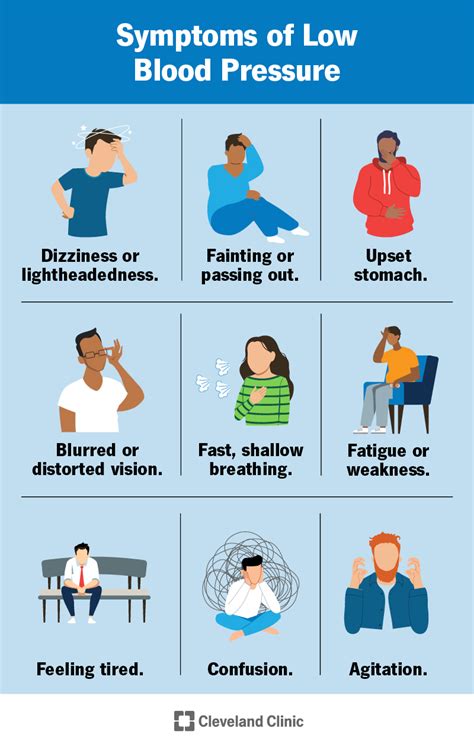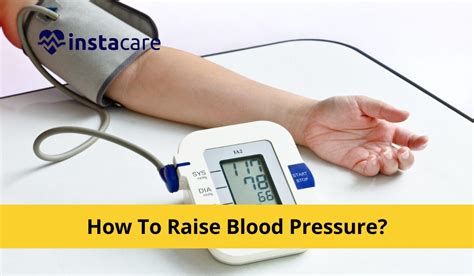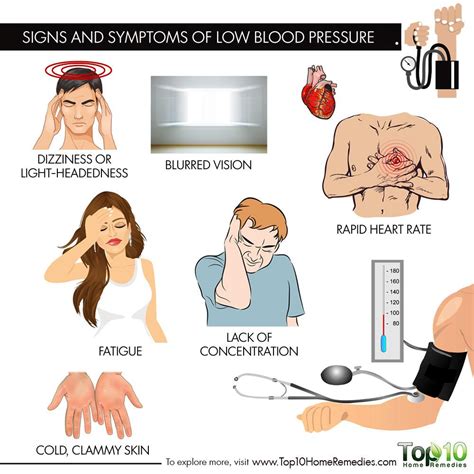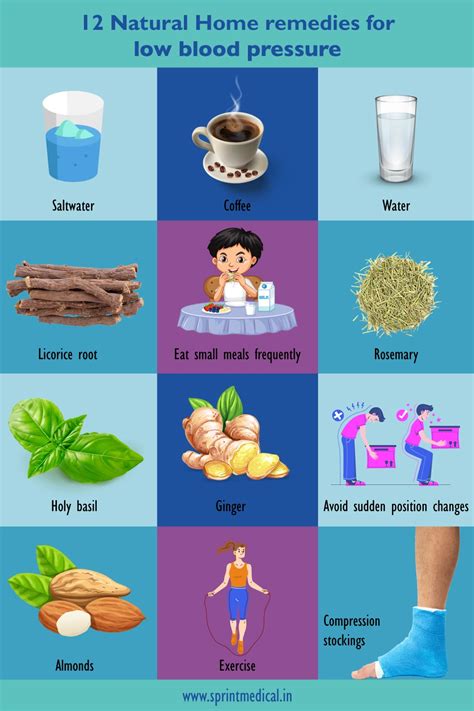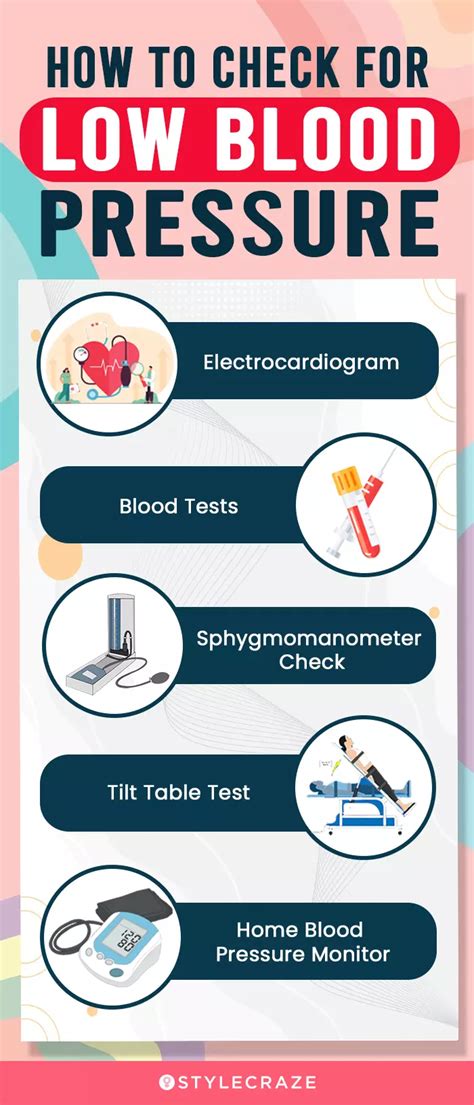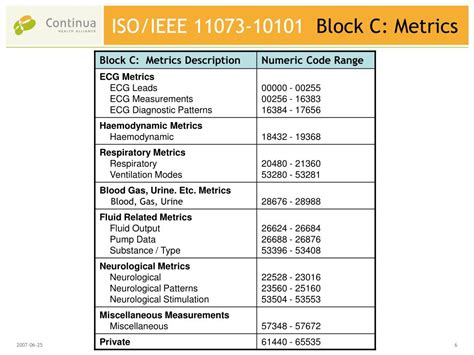Intro
Discover Low Blood Pressure Symptoms, including dizziness, fainting, and fatigue. Learn about hypotension causes, treatment, and management to alleviate symptoms and prevent complications.
Low blood pressure, also known as hypotension, is a condition where the blood pressure in the arteries is lower than normal. This can cause a range of symptoms, some of which can be mild and temporary, while others can be more severe and persistent. It is essential to understand the importance of low blood pressure symptoms, as they can indicate an underlying health issue that needs medical attention. In this article, we will delve into the world of low blood pressure symptoms, exploring their causes, effects, and treatments.
Low blood pressure can affect anyone, regardless of age, sex, or health status. However, certain individuals are more prone to experiencing low blood pressure symptoms, such as older adults, pregnant women, and people with underlying medical conditions. The symptoms of low blood pressure can vary from person to person, but they often include dizziness, lightheadedness, and fainting. These symptoms can be alarming, especially if they occur suddenly or frequently. It is crucial to seek medical attention if you experience any of these symptoms, as they can be a sign of an underlying health issue.
The importance of understanding low blood pressure symptoms cannot be overstated. By recognizing the signs and symptoms of low blood pressure, individuals can take steps to prevent and manage the condition. This can include making lifestyle changes, such as increasing salt intake, staying hydrated, and avoiding certain medications. In some cases, low blood pressure may require medical treatment, such as medication or hospitalization. By being aware of the symptoms of low blood pressure, individuals can seek medical attention promptly, reducing the risk of complications and improving overall health outcomes.
Causes of Low Blood Pressure Symptoms
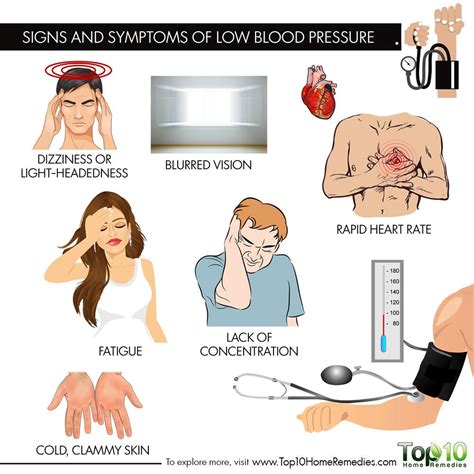
Low blood pressure symptoms can be caused by a range of factors, including dehydration, bleeding, and certain medical conditions. Dehydration is a common cause of low blood pressure, as it can lead to a decrease in blood volume. This can occur due to various reasons, such as vomiting, diarrhea, or excessive sweating. Bleeding, either internally or externally, can also cause low blood pressure, as it can lead to a significant loss of blood volume. Certain medical conditions, such as heart failure, thyroid disorders, and adrenal insufficiency, can also cause low blood pressure symptoms.
Types of Low Blood Pressure
There are several types of low blood pressure, each with its own set of causes and symptoms. Orthostatic hypotension is a type of low blood pressure that occurs when standing up from a sitting or lying down position. This can cause dizziness, lightheadedness, and fainting. Postprandial hypotension is another type of low blood pressure that occurs after eating a meal. This can cause dizziness, nausea, and vomiting. Neurally mediated hypotension is a type of low blood pressure that occurs in response to stress or pain. This can cause dizziness, lightheadedness, and fainting.Effects of Low Blood Pressure Symptoms
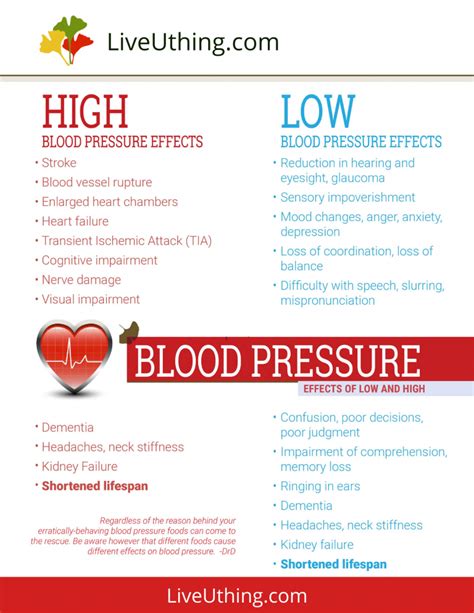
The effects of low blood pressure symptoms can be significant, ranging from mild discomfort to life-threatening complications. Dizziness and lightheadedness can increase the risk of falls and injuries, especially in older adults. Fainting can also lead to injuries, as well as damage to the brain and other organs. In severe cases, low blood pressure can lead to organ failure, including kidney and heart failure. It is essential to seek medical attention if you experience any of these symptoms, as prompt treatment can help prevent complications and improve overall health outcomes.
Risk Factors for Low Blood Pressure Symptoms
Certain individuals are more prone to experiencing low blood pressure symptoms, including older adults, pregnant women, and people with underlying medical conditions. Older adults are at increased risk due to age-related changes, such as decreased blood volume and reduced baroreceptor sensitivity. Pregnant women are also at risk due to changes in blood volume and circulation. People with underlying medical conditions, such as heart failure, thyroid disorders, and adrenal insufficiency, are also at increased risk.Treatments for Low Blood Pressure Symptoms

The treatments for low blood pressure symptoms depend on the underlying cause and severity of the condition. Lifestyle changes, such as increasing salt intake, staying hydrated, and avoiding certain medications, can help manage mild cases of low blood pressure. In more severe cases, medication or hospitalization may be necessary. Medications, such as fludrocortisone and midodrine, can help increase blood pressure and reduce symptoms. Hospitalization may be necessary in cases of severe dehydration, bleeding, or organ failure.
Home Remedies for Low Blood Pressure Symptoms
There are several home remedies that can help manage low blood pressure symptoms, including increasing salt intake, staying hydrated, and avoiding certain medications. Drinking plenty of water and other fluids can help increase blood volume and reduce symptoms. Avoiding certain medications, such as diuretics and beta blockers, can also help manage low blood pressure symptoms. Increasing salt intake can also help increase blood pressure, but it is essential to consult with a healthcare provider before making any changes to your diet or medication regimen.Prevention of Low Blood Pressure Symptoms
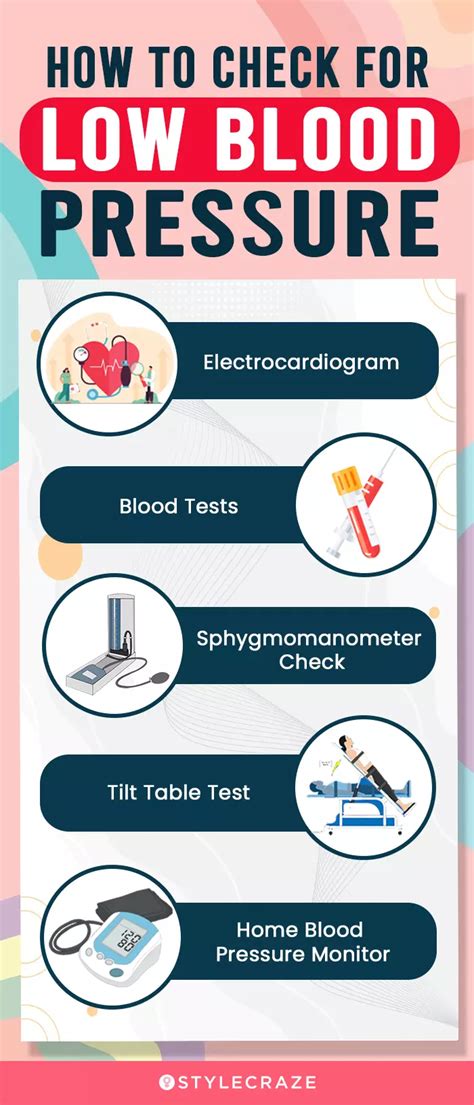
Preventing low blood pressure symptoms is crucial, as it can help reduce the risk of complications and improve overall health outcomes. Staying hydrated, avoiding certain medications, and managing underlying medical conditions can help prevent low blood pressure symptoms. Regular exercise, such as walking and stretching, can also help improve circulation and reduce symptoms. Avoiding sudden changes in position, such as standing up quickly, can also help prevent low blood pressure symptoms.
Dietary Changes for Low Blood Pressure Symptoms
Dietary changes can also help manage low blood pressure symptoms, including increasing salt intake, eating smaller meals, and avoiding certain foods. Increasing salt intake can help increase blood pressure, but it is essential to consult with a healthcare provider before making any changes to your diet. Eating smaller meals can also help reduce symptoms, as it can help prevent postprandial hypotension. Avoiding certain foods, such as those high in sugar and caffeine, can also help manage low blood pressure symptoms.Conclusion and Next Steps
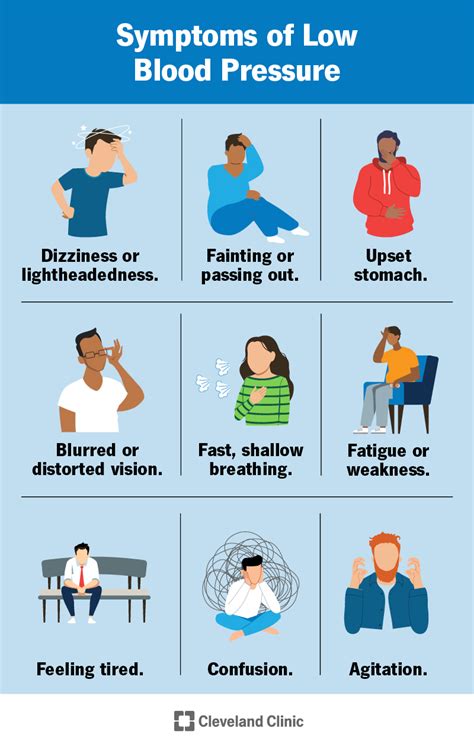
In conclusion, low blood pressure symptoms are a significant health concern that requires prompt attention and treatment. By understanding the causes, effects, and treatments of low blood pressure symptoms, individuals can take steps to prevent and manage the condition. It is essential to seek medical attention if you experience any symptoms of low blood pressure, as prompt treatment can help prevent complications and improve overall health outcomes. We encourage readers to share their experiences and ask questions in the comments section below.
What are the common symptoms of low blood pressure?
+The common symptoms of low blood pressure include dizziness, lightheadedness, fainting, nausea, and vomiting.
What are the causes of low blood pressure?
+The causes of low blood pressure include dehydration, bleeding, and certain medical conditions, such as heart failure, thyroid disorders, and adrenal insufficiency.
How can I prevent low blood pressure symptoms?
+You can prevent low blood pressure symptoms by staying hydrated, avoiding certain medications, managing underlying medical conditions, and making dietary changes, such as increasing salt intake and eating smaller meals.
